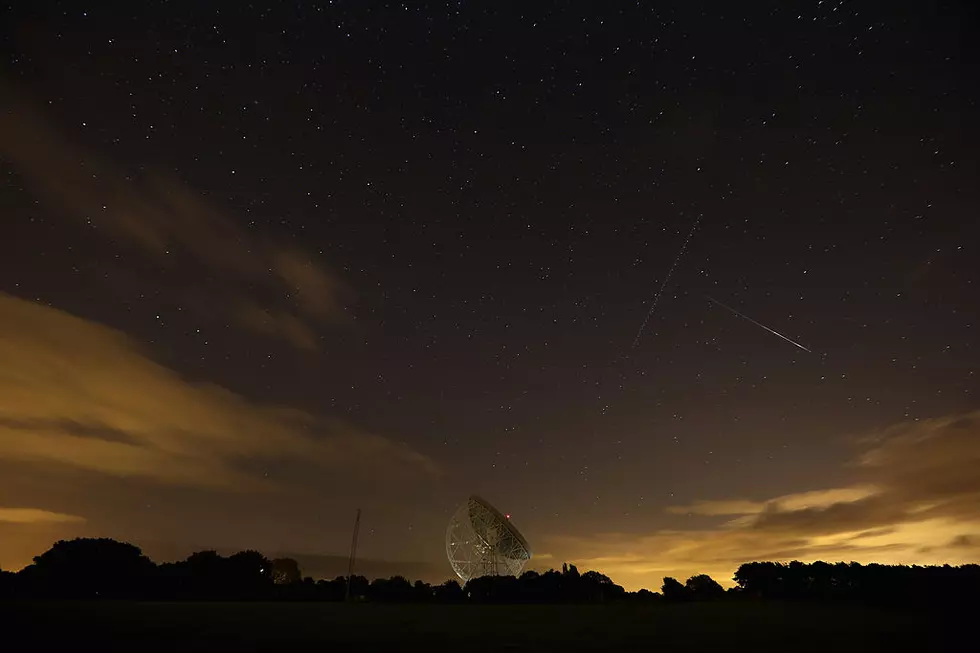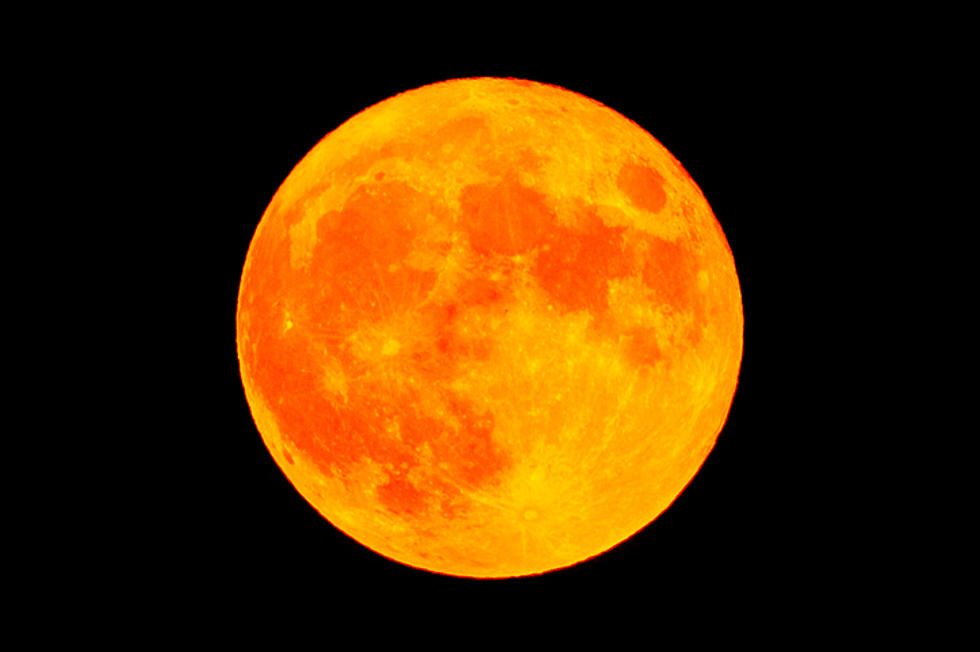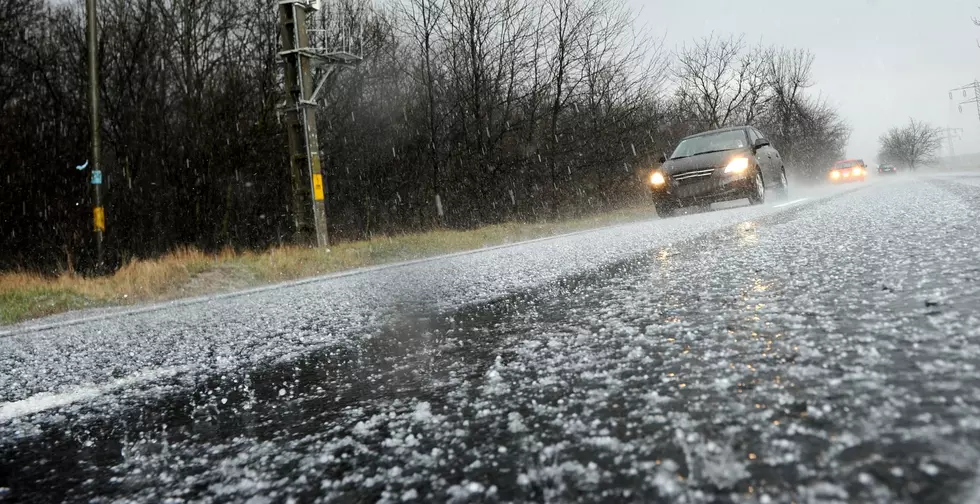
The Best Meteor Shower of the Year is Tonight!
Weather permitting the night sky will be a great source of entertainment tonight with the Perseids meteor shower. NASA calls the annual Perseids meteor show as the best of the year.
The overnight forecast from AccuWeather is calling for partly cloudy skies with a chance of a shower or thunderstorm closer to dawn. If the clouds are an issue the Lowell Observatory in Arizona is hosting a free interactive broadcast of the Perseids meteor shower starting at midnight tonight. Click here for the link.
The Perseids meteor shower technically lasts over a month, from July 14 to August 24, but it peaks tonight into tomorrow morning as Earth reaches the most dense part of the debris cloud left by Comet Swift-Tuttle when it passes by the sun every 133 years. Bits of rocky debris ranging between the size of sand grains and peas slam into our atmosphere at 37 miles per second and burn up, leaving fiery streaks across the night sky
The Perseids reach their zenith or peak around 2:00 a.m. on Wednesday, August 12, during which time onlookers can see dozens of meteors per hour.
The cosmic show begins shortly after twilight, the dim period following sunset. At first, viewers can expect to see the long-tailed meteors lower in the sky. However, more meteors will appear overhead as Earth turns and, with it, the origination point of the shower.
If you plan on watching, there are a couple of tips. Go outside ahead of time to give your eyes a chance to adjust to the darkness. The recommended time is about thirty minutes. You also leave your phone in the house too so the light doesn't affect your view. Find a spot with a clear view of the sky, like a grassy hill. The area should be as far away from any artificial lights as possible. Sit or lie down, and look up, the show should come to you.

READ ON: Weird, wild UFO sightings from throughout history
More From WUPE









